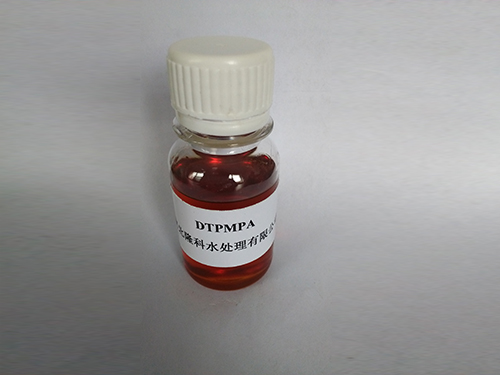polyacrylamide flocculant water treatment
The Role of Polyacrylamide Flocculant in Water Treatment
Water treatment is a crucial process in ensuring safe and clean water for drinking, agriculture, and industrial applications. Among the various water treatment chemicals, polyacrylamide (PAM) flocculants have gained significant attention due to their high efficiency in removing suspended solids from water. This article explores the importance of polyacrylamide flocculants in water treatment and their applications.
Polyacrylamide is a synthetic polymer that can exist in different molecular weights and formulations, including anionic, cationic, and non-ionic types. These variations allow for a wide range of applications in water treatment processes. The primary mechanism of action for PAM flocculants involves the agglomeration of fine particles in water, which helps in their settling and removal. This process is known as flocculation, where the polymer chains bridge the gaps between particles, creating larger flocs that can be easily separated from water.
One of the most significant benefits of using polyacrylamide as a flocculant is its ability to enhance sedimentation rates in wastewater treatment plants. By improving the settling characteristics of sludge, PAM contributes to more efficient separation processes, leading to clearer effluent and reduced environmental impact. Furthermore, the use of polyacrylamide can lower the consumption of coagulants, resulting in cost savings and minimizing chemical residuals in treated water.
polyacrylamide flocculant water treatment

In addition to municipal water treatment, PAM flocculants are widely used in industrial applications. For instance, in the mining and mineral processing industries, they play a crucial role in the clarification of process water and the recovery of valuable minerals. Similarly, in the paper and pulp industry, PAM helps improve drainage and dewatering processes, thereby increasing production efficiency.
It is worth noting that while polyacrylamide flocculants are highly effective, they must be used with care. The potential environmental concerns associated with PAM derivatives, particularly their biodegradability and the presence of residual monomers, necessitate careful management. Consequently, ongoing research and development are focused on creating more environmentally friendly formulations to mitigate these concerns.
In conclusion, polyacrylamide flocculants present a powerful solution for enhancing water treatment processes. Their ability to improve sedimentation and clarify water makes them indispensable in various applications. As the demand for clean water continues to grow, the role of polyacrylamide in sustainable water management is likely to become even more prominent, paving the way for innovative solutions in the fight against water pollution.
-
Water Treatment with Flocculant Water TreatmentNewsJun.12,2025
-
Polymaleic AnhydrideNewsJun.12,2025
-
Polyaspartic AcidNewsJun.12,2025
-
Enhance Industrial Processes with IsothiazolinonesNewsJun.12,2025
-
Enhance Industrial Processes with PBTCA SolutionsNewsJun.12,2025
-
Dodecyldimethylbenzylammonium Chloride SolutionsNewsJun.12,2025





